Ruben Gutierrez on Translating Client Personality Into Interior Design — and How Houzz Pro Helps Him Find Time for Creativity
Gutierrez’s unique design process is based on open communication, digital tools, and getting to know clients and locations on a deeply personal level.
Home is where the heart is — that’s a philosophy embraced fully in the homes designed by Ruben Gutierrez of Errez Design Inc. Running his successful Miami-based design firm with his wife, Katie, for the past 12 years, Gutierrez specializes in what he calls biographical design. “Instead of having a traditional style, each project is about representing the people who live there as if it were a living, breathing expression or biography of who lives there,” Gutierrez says. “We extract someone’s information and all their preferences, their likes, their dislikes, their personality types, and we synthesize that all into different characters that we then fuse into the design.”
Gutierrez’s unique design process is based on open communication and getting to know clients and locations on a deeply personal level. It’s also what he enjoys most — especially when it involves uncharted territory, like the ski chalet he’s currently designing in Jackson Hole, Wyoming. “It’s been my favorite project because it’s been a big learning process to learn all the different things about that climate, about that environment, and infuse all of that into the project,” he says.
For Gutierrez, translating a client’s personality into a design aesthetic is a form of artistic expression. So when he gets to experiment and have a little fun with it, he’s in his element. “I really like doing second homes,” he says. “It’s a great way to do something that’s a little bit different from your primary home and a way to express another side of you or another side of the client in a more creative, fun way.”
Once Gutierrez has decided to take on a client, he sets up a meeting to get to know them on a deeper level. “We do it over food and drinks each time, to really put the client at ease and have them just be receptive and open,” he says. With a mix of interview-style questions and more experimental personality games, the meeting is about understanding each client’s preferences, tastes, hopes and dreams.
“One of my favorite games to play is the ‘this or that’ game,” Gutierrez says. “Think of it as a fast-paced lightning round of decisions. We call out two opposing elements like loud or quiet. Our client has to respond in seconds. This is particularly fun with couples as they sometimes don’t agree. This game not only helps us understand their preferences, it also uncovers their thought process and shows us their personality.”
The goal of Gutierrez’s method is to create a space for the client that isn’t based on a specific style or design trend, but instead caters to each individual’s specific wants and needs. Prioritizing function over style has always been central to Gutierrez’s design process, and it’s something he sees picking up speed as the pandemic forces people to spend more time in their homes. “People putting things into their spaces that are going to be feeding them and nurturing them and giving them what they need, instead of just having a trendy space that’s well-put-together,” he says. “Sometimes these things are a mood or color palette, and sometimes they are ‘Easter eggs,’ little hidden treasures that have special meaning to our client. One time we had a surfboard installed on the ceiling of my client’s office. Besides looking cool, this surfboard transported our client to their favorite activity, surfing. It was one of the last things to be installed. Once it was in place, it totally changed the vibe of the whole room.”
Gutierrez believes your home is more than just the space you occupy. It affects everything you do — his clients are proof of that. “One thing we’ve discovered is that our clientele tends to be people that we would define as high achievers,” he says. “People that have ambitions in their personal life and in their work life. Just like an athlete needs the best pair of running shoes or the right track and post-workout meal, we’ve realized that the high achievers we work with feed off of the spaces that they live and work in and sleep in and bathe in. These spaces really need to perform so that clients can perform at their best too.” To help clients better visualize the final outcome of his work, Gutierrez likes to take them through a vision exercise. He asks them to envision themselves in the finished space and describe what it feels like. “This helps them and me connect to their heart’s desire and the feeling they’re after. I like to say it’s not the stuff that we want. It’s how the stuff makes us feel,” Gutierrez says.
Gutierrez pushes the client to imagine the final project and every detail in it, and asks them to describe it. He nudges: “Please describe how we exceeded your expectations. What things did we do right? What impressed you about our processes or the finished product?” Asking these questions before embarking on the project helps him better understand what his client values.
“It’s not all about the finished product. I want the entire process to be an enriching experience for my clients. How long do they plan to live in the space? Do they like to entertain or do they like to be more of a family unit on their own? All these different things come together to determine what the solutions are that we’re going to present,” Gutierrez says. And in order to do this, listening is key. “Once you start listening, I believe that they start to trust that you have their best interests at heart and you’re not just trying to impose a style or a look or some ideal that’s coming from somewhere else,” Gutierrez says. “For us, it really boils down to listening and really focusing on what they need, what they want, what they’re saying and inviting them to participate throughout the process, which builds that trust.”
To find the extra time to get to know the client better, Gutierrez relies on Houzz Pro for everything from creating invoices and project timelines to submitting proposals to clients for approval. He likes that having the administrative and organizational work handled by software frees him up to focus on the creative work. “It really allowed me to shine, because I’m now focusing on the things that I do best, rather than trying to work on something that is not really my strength,” he says.
To those hesitant to adopt technological solutions, Gutierrez suggests asking yourself: What am I really good at? Why did I get into this industry? “I got into this industry so that I could design, so I can be expressive, so that I can work with clients, not so that I could organize purchase orders,” he says.
Gutierrez says another benefit of technology-based solutions is the flexibility they give him. “I like to travel, so I’m able to start up my office anywhere in the world because I have access to the internet, and therefore I have access to all my projects and all my software and everything that I need to get my work done,” he says.
Looking forward, Gutierrez believes the world of interior design will be shaped by our access to technology. “Technology allows us to have the whole world at our fingertips and really customize our experience of it in what we see and what we read and the media that we consume,” he says. “I feel like interior design will be that same idea, not a static room, but a room that responds in real time to what our needs and desires are. Something that is fast-paced and that is responding to what we’re needing at the moment.”
As for the next big trend in interior design, Gutierrez believes this: “The new trend would be to abandon all trends, and to really express your personal style and find a way to do that, wherever you live, wherever you work.” Smiling, he concludes: “At the end of the day, I like to design because it’s fun. I get to meet really cool people and create dream houses for them.”

Want advice delivered to your inbox?
Unlock industry insights and updates for contractors and design pros
By signing up, I agree to the Houzz Terms of Use and Privacy Policy and that Houzz may use my information to contact me about relevant content, products, and services.


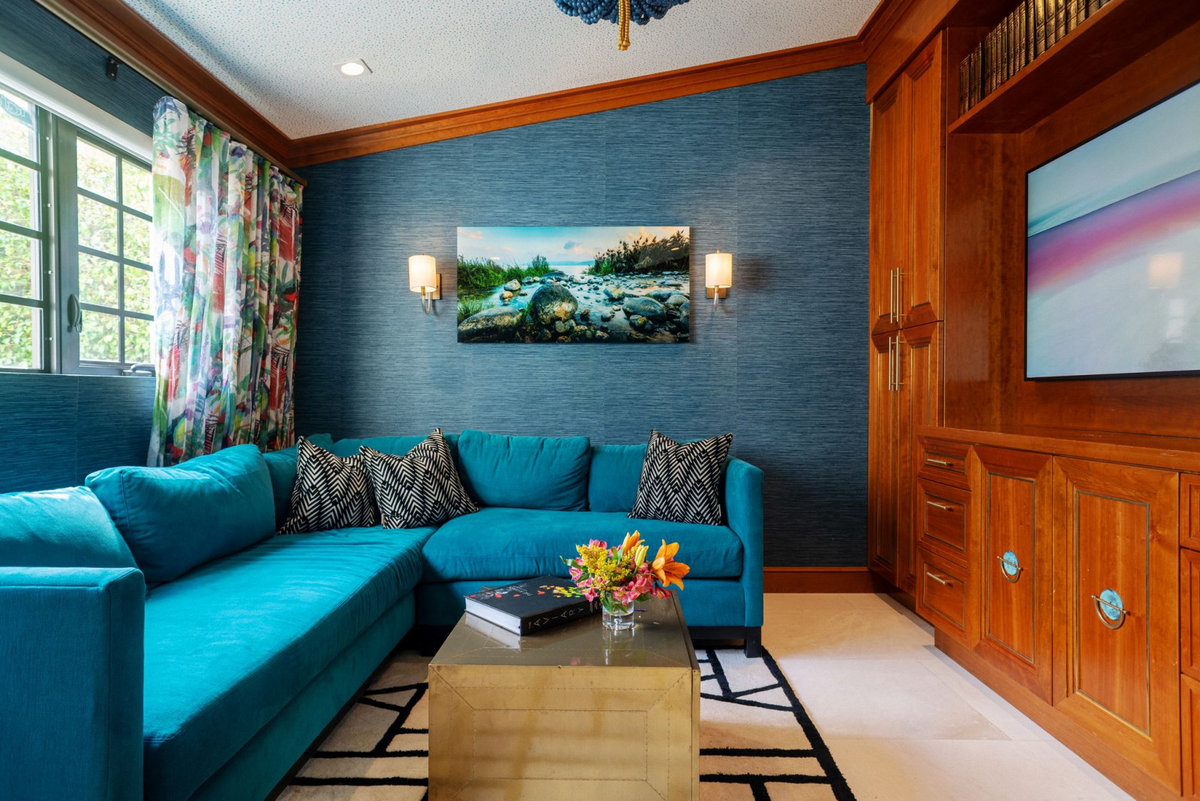
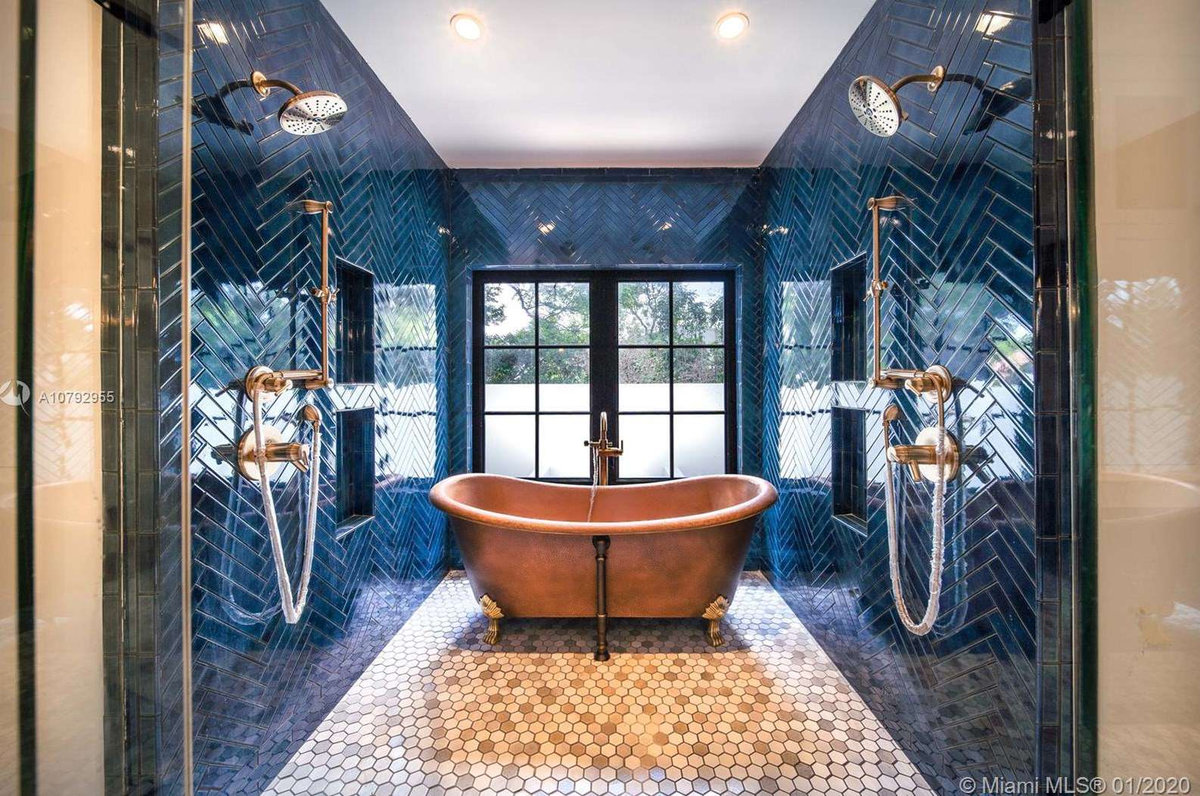
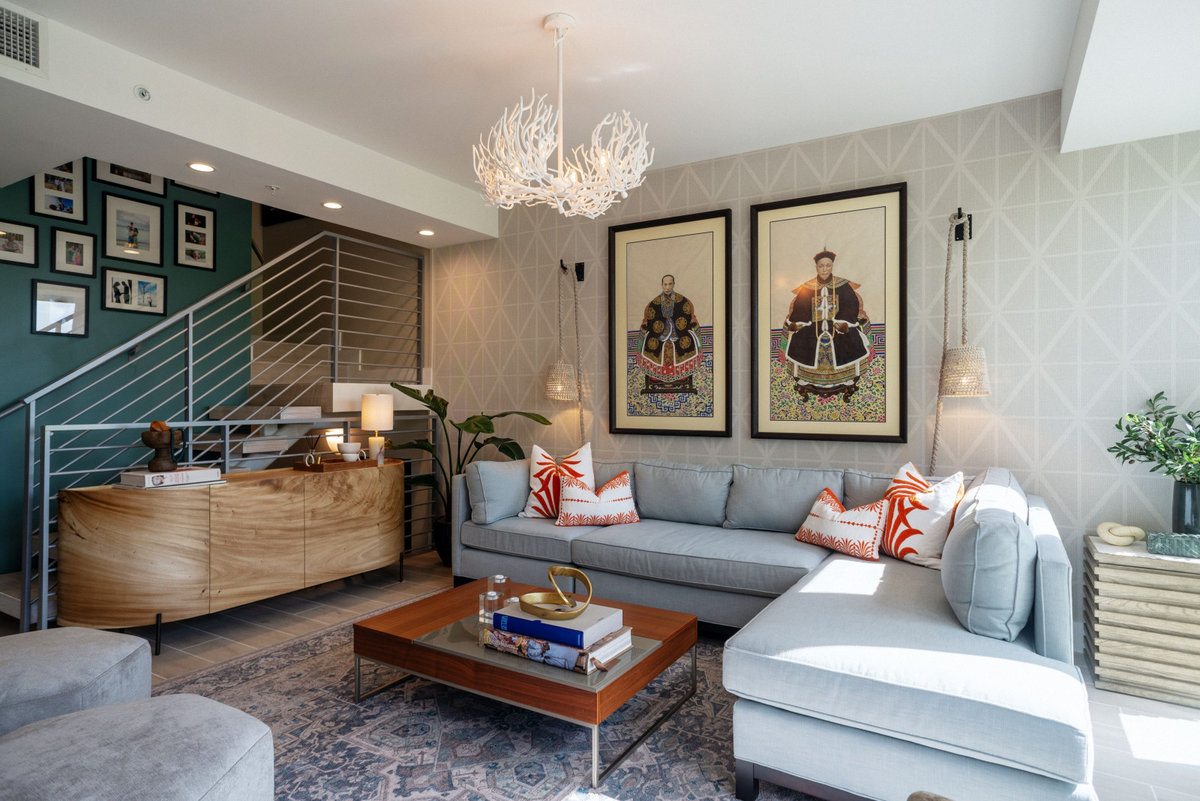
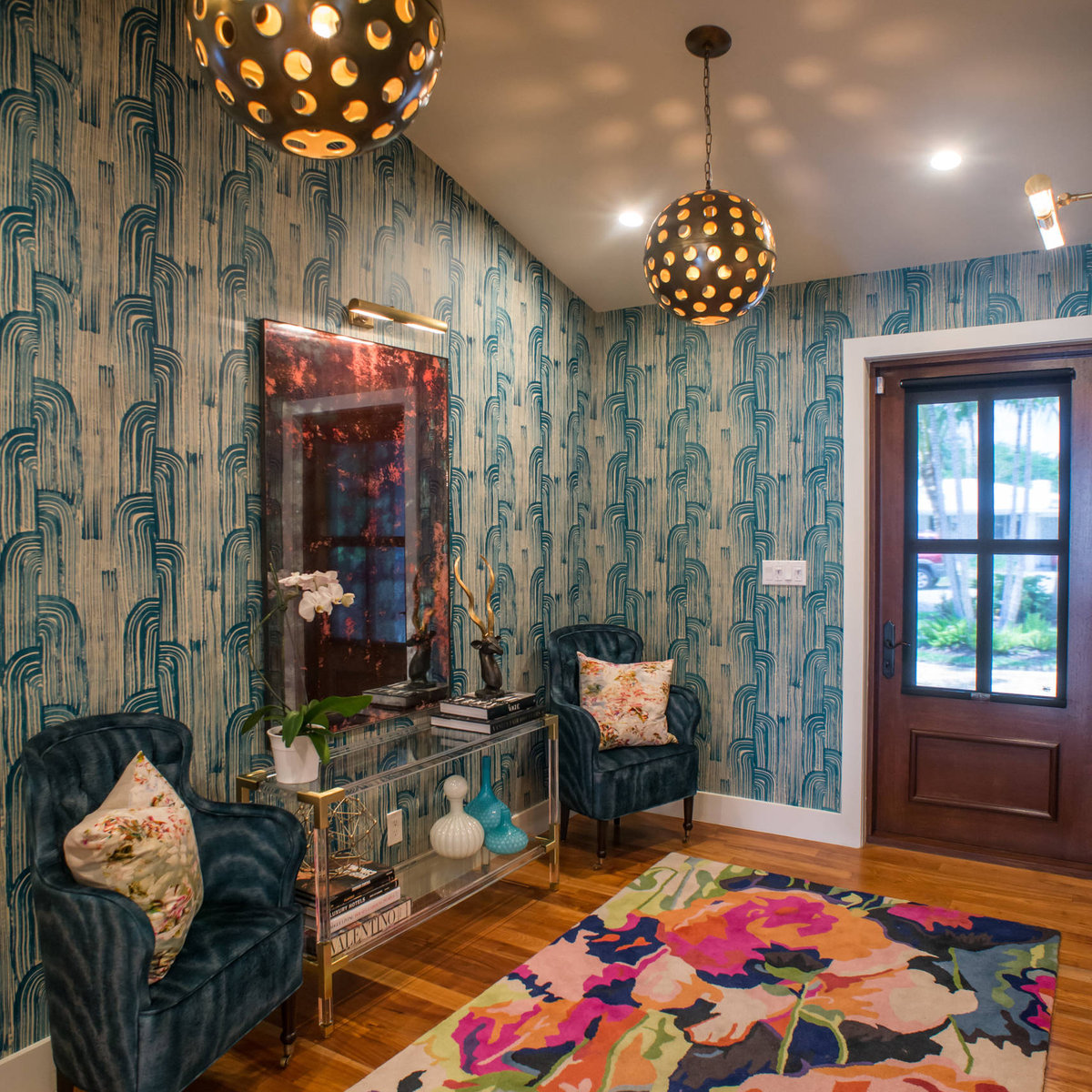
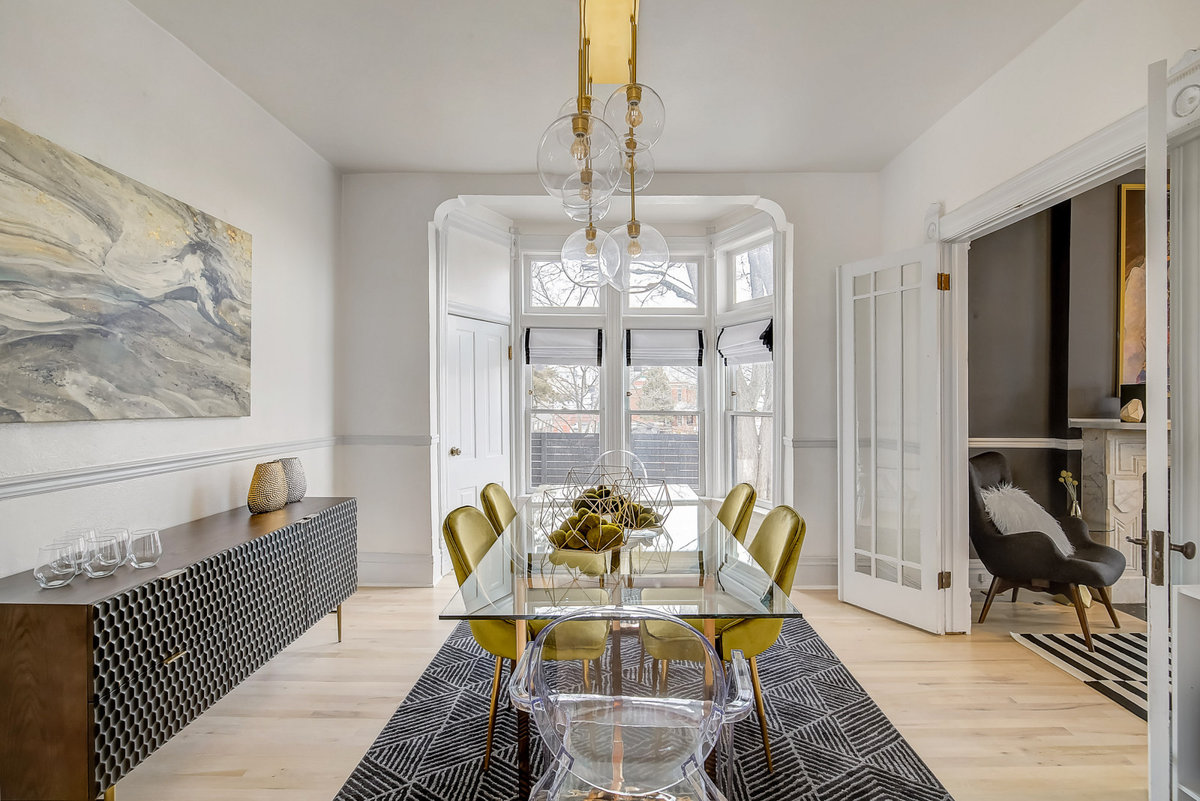



Join the conversation by commenting or asking a question below. The Houzz team reads every single comment, and we’ll get back to you by email if you need us!